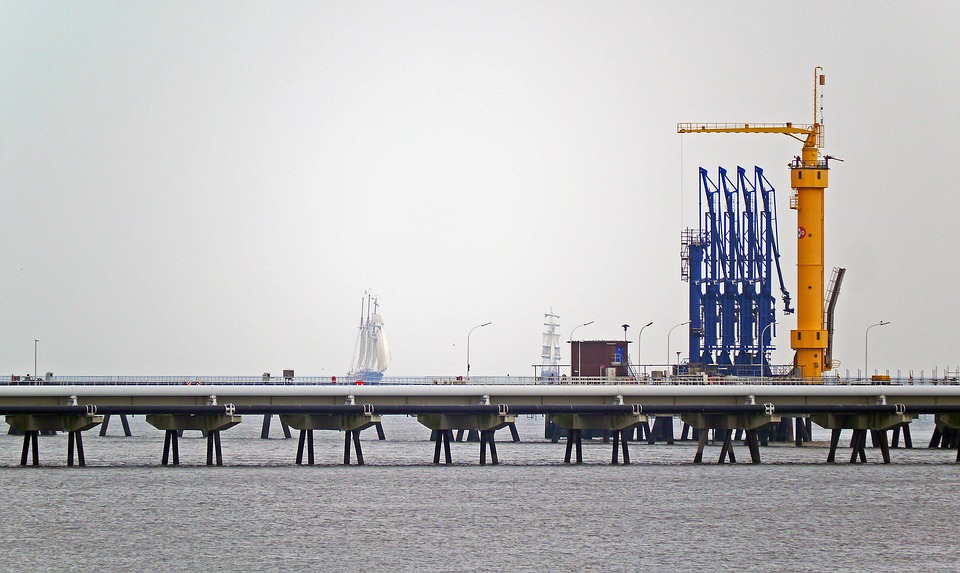The Clock Is Ticking
Where were you when the Iranian exports stopped? Oil prices continue to defy bearish expectations as U.S. demand remains near a record high and Iranian exports continue to plummet. Iranian oil exports have plunged about 35% since April. Despite trade war fears and talk of slowing demand, global demand continues to exceed expectations. U.S. oil demand is at an all-time high and despite the best efforts of shale producers, they can’t keep up. Even as the U.S. surpassed Saudi Arabia to be the world’s largest oil producer, pipeline constraints and the inability of many producers to turn a profit leaves us a path to an undersupplied market as we head into the end of the year.

While the Energy Information Administration (EIA) did say that oil output from seven major shale formations in the U.S. is expected to rise by 79,000 barrels per day bbl/d to 7.6 million bbl/d in October, overall, they have lowered their shale production forecasts for this year and next. The EIA estimates that U.S. crude oil production averaged 10.9 million barrels per day bbl/d) in August, up by 120,000 bbl/d from June. EIA forecasts that U.S. crude oil production will average 10.7 million bbl/d in 2018, up from 9.4 million bbl/d in 2017, and will average 11.5 million bbl/d in 2019.
Now with Saudi Arabia saying they are ok with an oil price above $80 a barrel, the odds that OPEC and Russia will act decisively enough at this weekend’s meeting in Algeria is slim. It was announced that Iranian Oil Minister Bijan Zanganeh will not attend this month’s meeting of OPEC and non-OPEC states. With the rise of ISIS in Libya and the ongoing war in Syria, we see a situation where geopolitical risk factors are rising and global spare oil production is falling. Yesterday’s shooting down of a Russian plan in Syria that Russia’s Russian President Vladimir Putin said was a "tragic chain of circumstances” but reserves the right to respond against Israel in the future keeps the geopolitical edge on this market.
The trade will be looking at the EIA report on supply and demand. The American Petroleum Institute (API) reported a mixed bag but a report that still shows that demand for oil and product is still amazing for this time of year. The API reported a larger than expected headline build in crude of 1.25 million barrels yet a larger than expected 1.57 million barrels drop in Cushing Oklahoma suggests that Refiners are still running strong. Gasoline supply fell by 1.485 million barrels, much more than the average drop for this time of year. Distillates increased by a hefty 1.536 million barrels as refiners rush to rebuild supply ahead of winter.
It looks like many of you have taken my advice by putting on bullish options strategies as a hedge. Reuters News reported that data from the InterContinental Exchange shows open interest in calls that give the owner the right to buy Brent futures at $80 and $85 by next week grew by nearly 45 percent on Monday and Tuesday to an equivalent of 54 million barrels of oil. The risks to the upside far outweigh the risks to the downside. Our beginning of the year target is right on track.
Nat gas rallied on heat and power coming back in North Carolina.
Disclosure: Make sure you prosper all week. Stay tuned to the Fox Business Network where you get the Power to Prosper. Trade updates and levels. Call me at 888-264-5665 or email me at more



